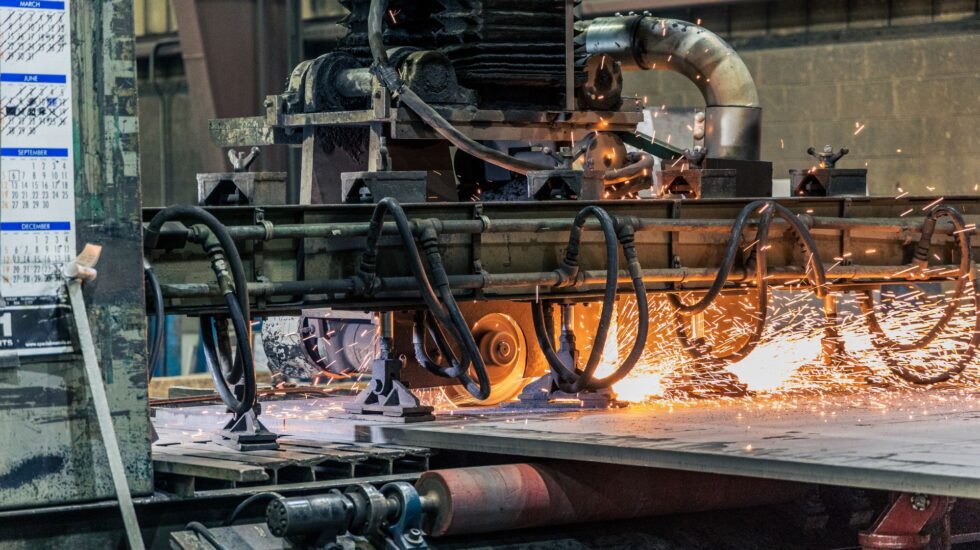
Making it through your SR&ED audit
Over the past few years, CRA has increased the frequency and scrutiny level of SR&ED audits. If you are and/or have been claiming SR&ED tax credits, chances are you are either recovering from a recent audit or soon heading into one. Due to the case-by-case interpretative nature of the scientific merit of projects, the outcome of an audit is never completely predictable. However, the habits below, if adopted when preparing for your audit, should help you have better control of the flow of information reaching the auditor and help minimize the risk of misunderstanding the facts around your project.
Tighten Your Support Documentation
Many auditors will tell you that support documentation is not about volume. It is about having/showing documentation that matters. That is, the documentation that either supports due diligence work, testing and analyzing activities, presence of technological uncertainties and recordings of advancement. Long gone are the days when auditors would accept to screen through binders and binders of randomly gathered technical information in an attempt to find the pertinent one. The onus in on the claimant to organize the support documentation flow in a manner that will reinforce the eligibility aspects of their projects
Organize the presentation flow
Don’t jump to conclusions When presenting a project, it is important to put oneself in the shoes of the CRA auditor and take into account what they are after to understand and qualify your project. Typically, before you start describing the details of the test you performed, the auditors will need to have a clear idea of: What prompted the project (quick overview of business context) and how it is relevant to your company’s field of expertise. The level of due diligence undertaken before the project started. Establishing due diligence is very important. This involves recapping all the research you may have undertaken online, collecting feedback from your suppliers/clients and also outlining the early testing you may have performed. When the SR&ED project started.
(Re)-clarify uncertainties at the technology level
When an audit is called, it is time to critically re-read your initial submission and assess whether your uncertainty focuses more on the product/business level as opposed to the underlying technology principle. Remember: uncertainty has to go beyond the simple question of knowing whether something could work or not or whether a given objective could be achieved. An uncertainty exists when, once all standard practice options have been exhausted, there remains a technological gap that prevents the project from moving forward.
Connect, Connect, Connect
When presenting the information to CRA, it is important to connect the dots as much as possible i.e. to clarify how tests and activities are connected to uncertainties, how documentation relates to the tests, and how costs are derived from the claimed activities. In some Requests for Information (RFIs), certain auditors actually ask claimants to organize tables linking uncertainties, advancements, tests, and documentation. It is a good presentation reflex as it makes the information easier to understand.
Understand how CRA views you
More often than not, CRA auditors will conduct a thorough web search of your company, technology and key competitors in order to get a sense of what is the standard practice in your industry. Be prepared for this by analyzing the claims made by your competitors or suppliers on their websites, and be ready to differentiate your project from what is available / advertised on the web.
Broaden the scope of your advancement
Overall, a SR&ED advancement is the generation of new knowledge derived from the results of the experiment. It has to go beyond the elimination of non-working options (e.g. we learned that this solution does not work) and expand into what was learned when testing the option (i.e. to which point it worked before failing). Also, for CRA, “One implication of advancement is that the new knowledge is applicable in a broader sense. That is, the new knowledge could be useful to other situations or circumstances beyond the current project in which the advance was made.” Therefore, be ready to explain how your advancement could be applied to other situations in your company.
Make your point when it matters
CRA auditors often have a limited amount of time per project to grasp its complexity. Therefore, a face to face meeting with CRA represents a unique opportunity to present the SR&ED merits of your projects and ensure that CRA has a thorough understanding of the entire scope. If you have the impression that, at the end of the explanation, the auditor remains undecided or hesitant, address it immediately with him/her. Overall, CRA SR&ED audits remain a largely empirical science whose outcome depends on the available support documentation and how it is used to explain the projects. It is also somewhat dependent on the auditors themselves, and on the understanding of what they like to see when reviewing projects. Ayming’s experts have an in-depth knowledge of how to navigate a complex CRA SR&ED audit, and can both guide and assist you throughout the process.
Contact us today!
One of our experts will be in touch shortly.
















No Comments